It’s always tempting to lump the countries of Scandinavia together, especially since the Covid pandemic when Sweden took a different course of action to its neighbours (and most of the world). But for international readers who may not be as familiar with the region as us locals, comparing countries that seem alike may obscure more than it reveals.
To date, Sweden has had nearly a million Covid cases and 13,923 deaths, whereas my native Norway has only had 109,581 cases and 735 deaths. So how is it possible that two countries that share a 1630km border have had such divergent outcomes? Media commentators are quick to point out the differences in policy, but it’s worth taking geographical differences into account too.
First, a bit of history. Back in the 13th century, historian and Icelandic writer called Snorre Sturlason, the author of Heimskringla, described deliberations between Olaf II The Holy of Norway and Olof Skötkonung of Sweden, which were not entirely cordial. Upon a negotiated truce, Olof was furious that he had to give up Bohuslän, and, mid-tantrum, shouted out: “Men i Norge är bygden liten och därtill spridd” (in Norway, the countryside is small and scattered).
This still holds true today. Consider county-wide densities and you will see Olof’s point:
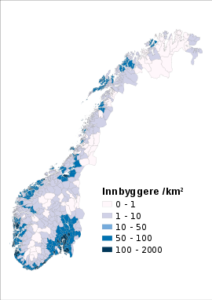
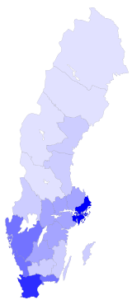
In Norwegian political discourse, the regional dimension is very important. Often “levende bygder”, loosely translated into “living villages“, has been a goal in Norwegian policy, and huge subsidies are given to people willing to live in non-urban areas. Sweden, by contrast, chose to focus its resources on urbanisation.
Norway also has smaller houses, less dense housing, and no skyscrapers, which could serve as natural obstacles to the spread of the virus.
But another important difference between the two countries is topography. The populated part of Sweden is, compared to Norway, flat. The body of the “Norwegian bottle” has a range of mountains through it called “langfjella” (“the long mountains“), which is visible on a topographical map of Scandinavia:
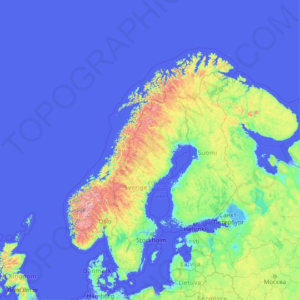
As a result, Norway’s population is geographically dispersed. Travelling by land is difficult. And unlike Sweden, which built proper highways in the 1950s, Norway had a much harder task connecting its cities with infrastructure after Nazi occupation. Instead, Norway built small cheap roads that we are still burdened with. To give a few examples: Oslo to Bergen, the two biggest cities, takes 7 hours by car.
To mitigate our road problem, especially in the North, Norway chose to build a network of small airports, supported by subsidised air travel to remote areas. So when the pandemic struck, you could, essentially, seal off the cities from one another by restricting air travel, as roads were never a viable alternative.
Contrast this to Sweden. Stockholm-Gothenburg is 5 hours by car, 3 hours by train; Stockholm-Malmö 6.5h driving, 4.5h train; and Gothenburg-Malmö 3h driving/train. The density map of Scandinavia below illustrates how Sweden’s populated areas are inter-connected and not pocketed-off, as in Norway. This is, perhaps, the most compelling reason for why Sweden is more similar to other European countries than Norway.
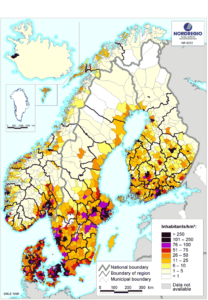
Norway only really has one metropolitan area — Oslo. So the task was always to keep the pandemic contained there. If anything about the Norwegian response deserves praise, it would have to be that this was done successfully. Oslo is big enough (over one million strong in the urban area) to have all sorts of metro problems, such as paperless immigrants, childhood poverty, crowded housing, as well as gangs, mafias, and violence.
Oslo was the Norwegian epicenter throughout waves 1,2, and 3. The latest official reporting states that 66% of the cases were registered in Oslo and the surrounding Viken county with the leading daily newspaper VG reporting an even higher share of deaths. However, the risk of it spreading further into the country was much lower than Sweden or the United Kingdom.





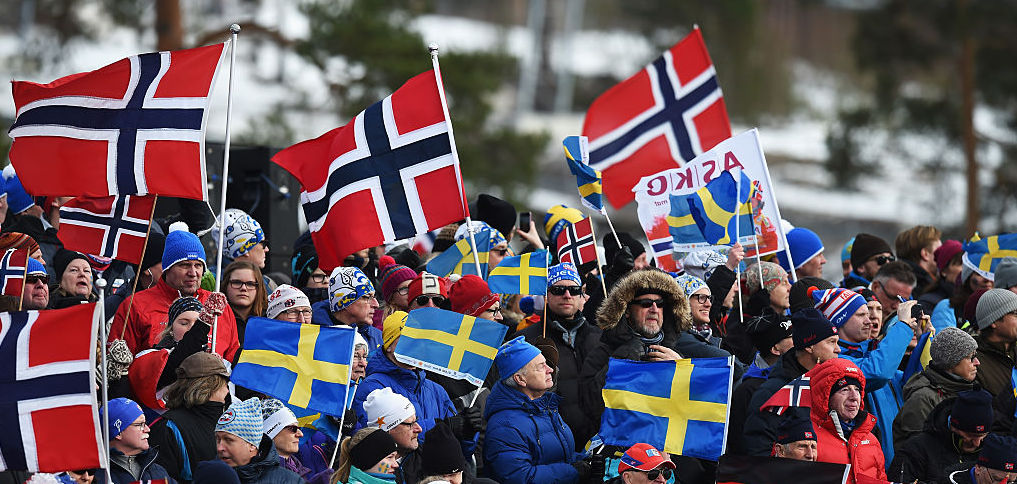




Join the discussion
Join like minded readers that support our journalism by becoming a paid subscriber
To join the discussion in the comments, become a paid subscriber.
Join like minded readers that support our journalism, read unlimited articles and enjoy other subscriber-only benefits.
Subscribe